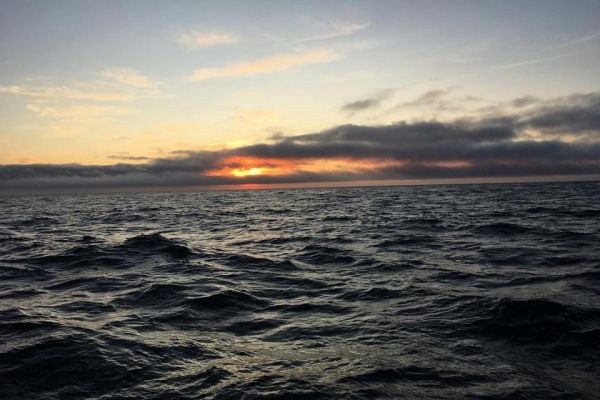So far, 2021 ranks 12th (of 37 years) in cumulative SST in the southeast. While SST is closer to average in the north, cumulative SST there is 10th (of 37 years).
To study marine ecosystems you have to unravel a series of complex relationships among oceanography, biology, ecology, fishing, and other human activities in the marine environment. A key oceanographic factor at the foundation of many of these relationships is sea surface temperature. Sea surface and bottom temperatures affect all parts of the marine food chain. Microscopic plants and animals (i.e., plankton and zooplankton) are affected, as are the fish that eat them and subsequently, the whales, birds, and other predators that eat the fish. Ocean temperatures not only influence when and where the fish go, but also, when and where fishermen must go to catch them.
Just as humans and agriculture thrive under certain environmental conditions, the growth and health of fish also do best under certain conditions. Identifying periods of unusually warm water can help us to understand marine environments in the context of movement and survival of marine species. Marine heatwaves are a metric by which to identify unusually warm ocean conditions. We say that heatwaves occur when temperatures are greater than 90% of the historical temperatures for at least five days in a row.
Continue reading at NOAA Fisheries
Image via NOAA Fisheries


